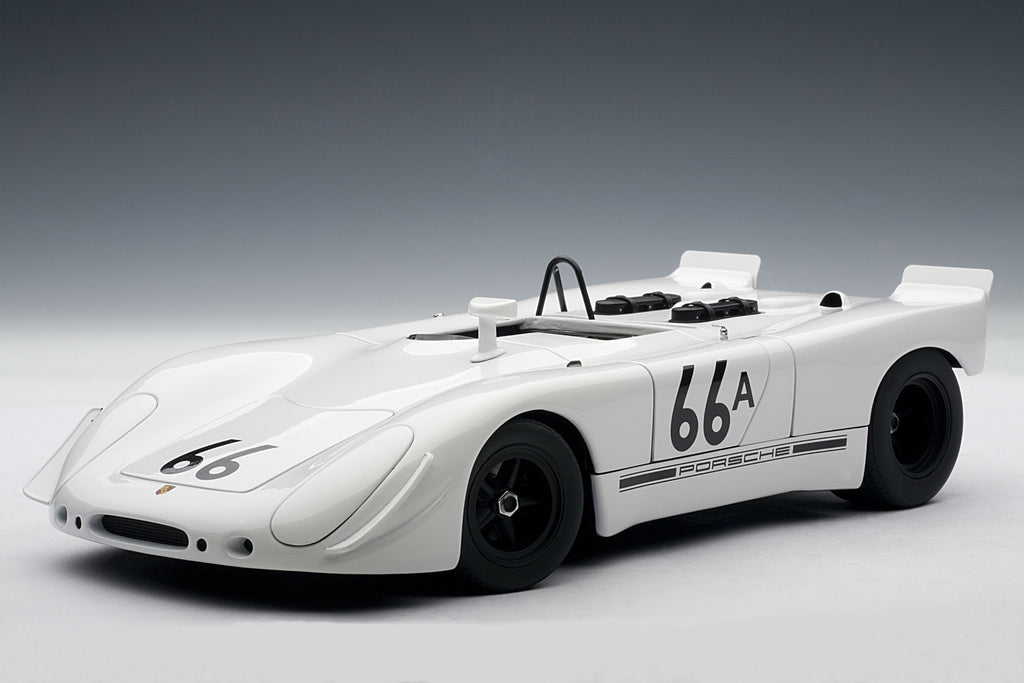
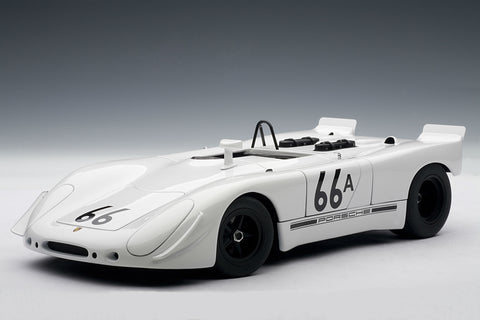
One of the most common tropes in automotive culture holds that Steve McQueen would have made an outstanding professional racing driver had his acting career not gotten in the way. This belief tends to ignore that it was McQueen's acting career that facilitated his entry into amateur racing in the first place; his early successes in westerns funded the purchases of early sports racers such as a Porsche 356 and a Lotus XI...would this have been possible without the large paychecks from Wanted: Dead or Alive?

Steve McQueen in his Porsche 356 Speedster at Riverside
What's indisputable, though, is that once McQueen got behind the wheel of a race car, his talents outstripped those of your average weekend track warrior. In only his first race, a 1959 California Sports Car Club regional event at Santa Barbara, he won the novice category in his Porsche 356 Super. Four months later, he was back in Santa Barbara in a Lotus XI, this time competing in the tough Modified 2-liter class. McQueen's talent carried him to second place in the weekend's first event, with top-10 finishes following in subsequent heats. Switching back to the Porsche, McQueen would win two more California races in 1959, but an increasingly heavy film and television workload would keep him out of the cockpit again until 1962.
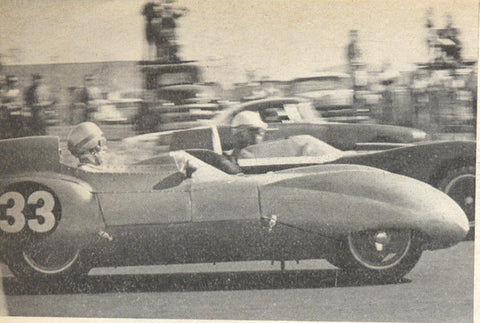
McQueen's Lotus XI
McQueen's racing output throughout the 1960s would be sporadic, with brief outings in cars and on motorcycles punctuating his film release schedule. Though constrained by his acting career, McQueen's desire to go racing never fully abated, reaching its apex when his production company, Solar Productions, began planning a film centered around the world's greatest endurance race, Le Mans. Perhaps to foster a more realistic mindset toward the demands of top-level sports car racing, McQueen acquired a properly fast automobile in 1970: a Porsche 908/2 Spyder.
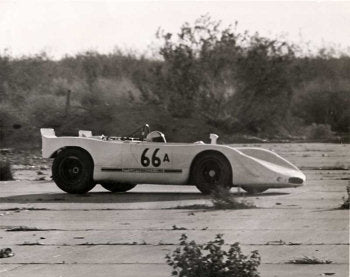
Steve McQueen and his Porsche 908/2 Spyder at Holtville. Photo by Glenn Howell.
McQueen's 908 had begun life as a coupe that saw action as a factory team car at the 24 Hours of Daytona, where it retired with a broken intermediate shaft and was subsequently converted to Spyder configuration. Tipped off to the car by California Porsche distributor John von Neumann, McQueen purchased the 908 from the factory and enlisted von Neumann's team for support. That support included team management and coaching from none other than Richie Ginther, one of only a tiny handful of American drivers to have competed successfully in Formula 1. With von Neumann's infrastructure and Ginther's tutoring, McQueen and the 908/2 quickly developed into a formidable pair, and after a successful test-and-tune session at Willow Springs in January 1970, the actor was ready to go racing again.
McQueen's first race in the 908 would be an SCCA National event at Holtville Aerodrome International Raceway, a remote circuit east of San Diego that was located on a decommissioned military airfield just a few miles north of the Mexican border. The airfield circuit had been used by the SCCA since the mid-1960s, and though hardly a track with the glamour and prestige of a Sebring or Daytona, Holtville was close enough to Los Angeles to see action from the occasional heavy hitter. Until McQueen and his 908 showed up in 1970, the track's lap record was held by Scooter Patrick in an Alfa Romeo 33.

McQueen on the grid at Holtville
Information about the day's entry field at Holtville is spotty at best. Contemporary photos show a Lola T70 Spyder among the other entrants, and some records point to a small pack of Porsche 904s and assorted Corvettes and Shelbys. It's safe to assume, however, that McQueen did not exactly face world-class competition at his first race in the 908, but no matter. The actor and his car worked brilliantly together, with McQueen taking overall victory in the event, setting a new class record by a two-second margin in the process.
McQueen and the 908 would appear together in two more races. The first, another SCCA National at Phoenix, would yield yet another victory. The second would be the well-documented 1970 12 Hours of Sebring, in which McQueen partnered with Peter Revson to steer the 908 to a stirring second-place overall finish, narrowly beaten by a factory-entered Ferrari driven by Mario Andretti. This steady, if short, period of racing success might have served as an inflection point, a moment where everything changed for Steve McQueen and he focused more intently on building a professional racing career. Instead, seemingly on the verge of breaking through as a professional-grade driver, McQueen hung up his racing shoes, never again appearing in a top-level motor race.
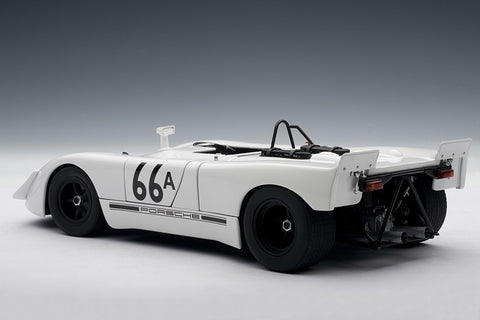
AUTOart's 1:18-scale diecast replica of Steve McQueen's Holtville-winning 908
The 908, on the other hand, was far from finished with its racing career. It would serve as Solar Productions' camera car as an official entry in the 1970 24 Hours of Le Mans, and would participate in that same race a further four times. Today, it stands as one of the most pedigreed, most successful of all 908 chassis.
Today, the Steve McQueen legend has grown to mythic proportions, particularly among car enthusiasts who see his success in motorsport as indication that he was more than just a Hollywood dilettante, but rather a true racer to his core. Cars like his beloved Porsche 908/2 Spyder are enduring testaments to McQueen's racing bona fides.
For fans of Steve McQueen or historic racing Porsches, Model Citizen offers AUTOart's 1:18-scale diecast replica of the Solar Productions 908/2 Spyder, presented in its Holtville-winning livery.
